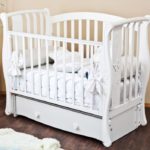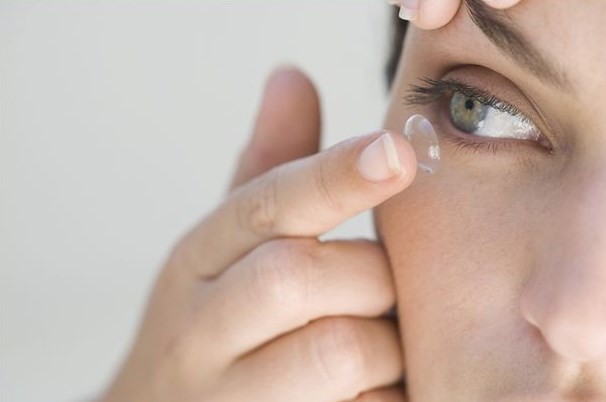How does a clothes dryer work?
 Not every apartment can afford to dry a lot of wet textiles in its area: in some places there is not enough ventilation, in others there is just free space. An excellent way out of this situation is a clothes drying machine.
Not every apartment can afford to dry a lot of wet textiles in its area: in some places there is not enough ventilation, in others there is just free space. An excellent way out of this situation is a clothes drying machine.
The content of the article
Clothes dryer: its functions
Almost all types of electric dryers perform several drying functions:
- by time (runs at a specific time selected by the user);
- by residual humidity level (the device will automatically turn off when the specified humidity percentage is reached);
- by type of fabric (allows you to comply with the operating conditions of the fabric, selecting the mode according to the severity of the impact);
- by type of clothing (promotes maximum drying of similar products, taking into account their characteristics).
Most machines include the first two in their basic functionality; the presence of other capabilities directly affects the high cost of the device. Before buying a dryer, you should think carefully about what tasks it will perform in your home, and then move on to selecting models.
On what principle does it work?
The operating principle of an electric clothes dryer depends on its type. They are usually divided into:
- built into the washing machine (low power);
- drums;
- cabinets.
All have similar aspects, but there are also many differences - this affects their operation.
Drums
Electric drum dryers are now the most popular on the market. They are relatively compact, moderate in price and have good functionality. In turn, they are divided according to the method of moisture removal:
- ventilation;
- with heat pump;
- condensing (predecessor of the previous type).
Before the drum, air is transferred through fluff filters, which serves to clean it, to the heating element. After the temperature rises to 60-70 degrees Celsius, the fan moves air masses into the laundry tank. From there, after evaporation, it goes to the heat exchanger, where moisture is removed from it. At the end of this procedure, it is again redirected to the heater for subsequent circulation.
There are also some differences in the principle of operation between the types of drum electric dryers, so we will consider each separately.
Ventilation
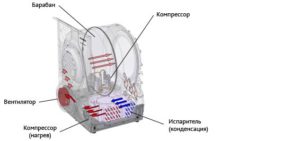
This type of dryer was one of the very first, so now almost all models have already been discontinued. They differ from other drum ventilation systems in their simple design.
During operation, moisture enters the ventilation system of the room through a flexible hose, which means additional steps during installation. The latter was the reason for the loss of popularity of ventilation drying machines.
Condensation
One of the most practical options for automatically drying clothes. They are not demanding on the installation location, since the moisture accumulated during operation enters a special condensate compartment.
Important: The condensate container must be emptied periodically.
Some models are additionally equipped with a drainage system that transfers the accumulated liquid directly to the sewer.
With heat pump
Dryers of this type are additionally equipped with a cooler circuit. Intensive temperature reduction due to this circuit promotes moisture condensation as quickly as possible, which significantly reduces the operating time of the device required to completely dry the laundry.
Important: You cannot install a heat pump dryer between the washing machine and the cabinet, as this will cause the device to overheat.
Drying cabinet
The cabinet is the most bulky option among electric dryers. However, it has its own advantage. Externally, it really is a closet, where things are hung on hangers or stacked on shelves. It is in this form that the laundry is dried, which in most cases allows you to avoid ironing.
What distinguishes the machine from an ordinary piece of furniture is the presence of a heating element and a fan that moves air masses inside the cabinet.
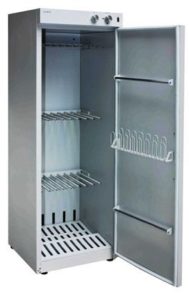 The air temperature inside is increased by the heater. The fan, in turn, redirects the hot air to the wet laundry. This causes moisture to evaporate and go outside, so cabinets should be installed in well-ventilated areas.
The air temperature inside is increased by the heater. The fan, in turn, redirects the hot air to the wet laundry. This causes moisture to evaporate and go outside, so cabinets should be installed in well-ventilated areas.
Such electric dryers are the most inexpensive in price, but buyers are often scared off by their size.
Subsequence
The procedure for working with dryers is very simple and differs slightly in the available functionality. Basically, the sequence of work is the following list of actions:
- Load items into the dryer.Please note that they should be damp, not wet, that is, before loading, they should be wrung out or put through the spin cycle in the washing machine.
- Select a program from the available ones. Depending on the model, decide what is convenient for you: drying according to a given time or in accordance with some criterion (type of fabric, clothing).
- After the device has finished operating, evaluate the moisture level of the items. If you are not satisfied with it, then run the program again (no earlier than 40 minutes after the previous cycle). If the condition is satisfactory, remove the items from the electric dryer.
- Clean the fluff filters. Ignoring this point will lead to poor air supply and, as a result, poor drying.
- If there is no drainage system, empty the condensate container.

Advantages
Electric dryers have a number of advantages over classic drying of clothes throughout the house or on the balcony:
- accelerated process;
- the ability to stop at the required humidity level, which is convenient for subsequent ironing of some materials;
- evaporation of moisture helps smooth out simple products during operation of the device;
- The abundance of modes allows you to take into account the requirements for any fabric or type of clothing.
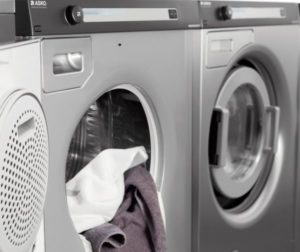 Drying machines are not without their drawbacks, however, in most cases they include high cost and the need to allocate a special place, which has nothing to do with the main functionality of the device.
Drying machines are not without their drawbacks, however, in most cases they include high cost and the need to allocate a special place, which has nothing to do with the main functionality of the device.

